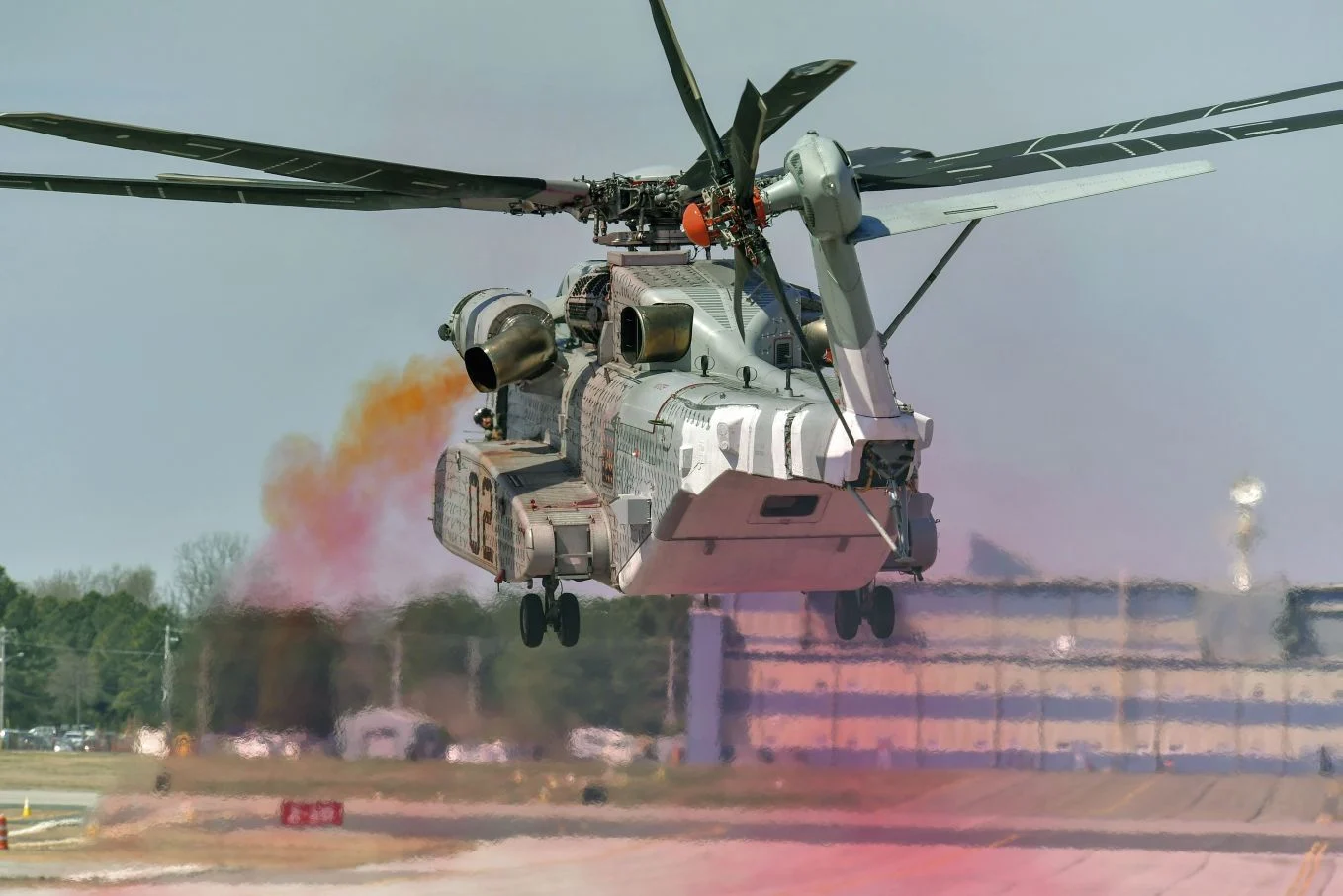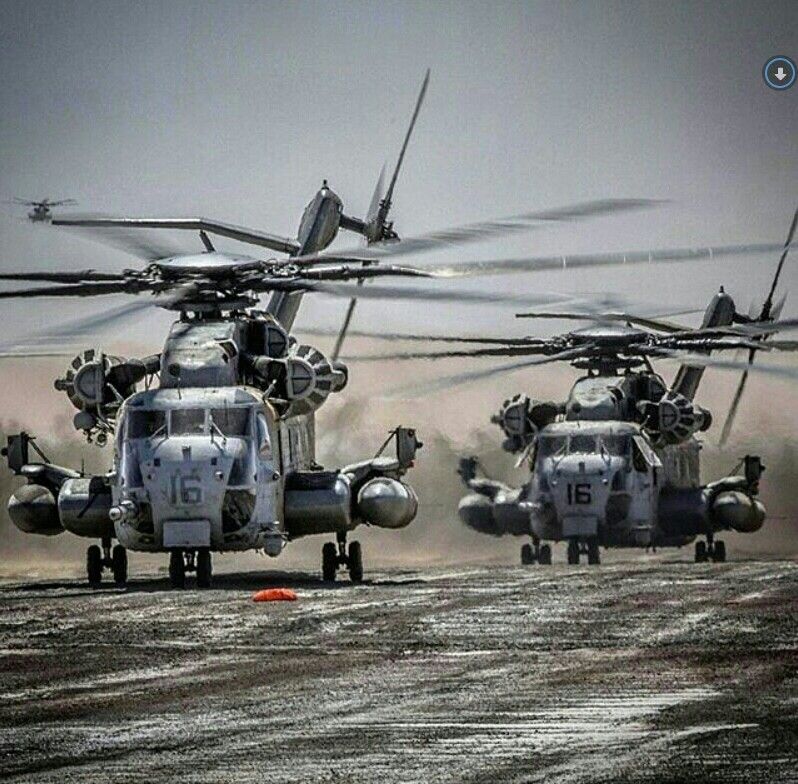Ready for Battle: Marine Corps Prepares the Mighty King Stallion Helicopter

The CH-53K King Stallion has not only earned the prestigious title of being the United States Marine Corps’ largest helicopter but also stands as the most potent rotary-wing aircraft within the Department of Defense. With its recent achievement of initial operational capability, the King Stallion is poised to transform the Marine Corps’ heavy-lift capabilities and bolster its strategic maneuverability.
The CH-53K King Stallion, manufactured by Sikorsky, represents a significant leap forward in terms of lifting power and operational versatility. This formidable aircraft can carry three times more weight than its predecessor, the CH-53E, making it a pivotal asset for the Marines in swiftly transporting personnel and equipment from ship to shore and throughout littoral areas.
According to a recent press release from the U.S. Marine Corps, the attainment of initial operational capability signifies that the CH-53K is now available for deployment and maintenance, marking a crucial milestone in its journey to full-scale deployment.
Lieutenant General Mark Wise, the deputy commandant for aviation, expressed his unwavering confidence in the CH-53K, citing the successful developmental and operational testing carried out by Air Test and Evaluation Squadron (HX) 21 and Marine Operational Test and Evaluation Squadron (VMX) 1.

The King Stallion’s exceptional performance is made possible by its three engines, which generate 57% more horsepower with 63% fewer parts compared to its predecessor. Notably, the CH-53K can operate effectively in challenging aeronautical environments, including higher altitudes and hotter climates, all while carrying an impressive 27,000 pounds of cargo up to 110 nautical miles. In contrast, the CH-53E was limited to a mere 9,628-pound external load under the same conditions.
Despite the groundbreaking capabilities of the King Stallion, its development journey was not without challenges. Over 100 technical issues were identified during the development phase, with gas exhaust reingestion being one of the most significant hurdles to overcome. However, the Marine Corps’ dedicated efforts successfully resolved these issues, ensuring the helicopter’s power and performance were optimized.

The CH-53K King Stallion perfectly aligns with the Marine Corps’ Force Design 2030 update, enhancing ship-to-shore connectors and facilitating maneuverability in littoral areas. This formidable aircraft is set to play a pivotal role in modernizing the Marine Corps’ heavy-lift capabilities, providing invaluable support to Marines in various operational scenarios.
As the CH-53K King Stallion takes its place as the Marine Corps’ premier heavy-lift helicopter, its potential to reshape strategic mobility and enhance the Corps’ capabilities on a global scale is undeniable. With its successful achievement of initial operational capability, the King Stallion marks a new era in Marine Corps aviation and reaffirms the United States’ commitment to maintaining a cutting-edge military force.
 Caleb Larson, a multimedia journalist and defense writer, contributed to this report. A graduate of UCLA with a Master of Public Policy, he is based in Berlin and specializes in covering the intersection of conflict, security, and technology, with a focus on American foreign policy, European security, and German society, for both print and radio outlets.
Caleb Larson, a multimedia journalist and defense writer, contributed to this report. A graduate of UCLA with a Master of Public Policy, he is based in Berlin and specializes in covering the intersection of conflict, security, and technology, with a focus on American foreign policy, European security, and German society, for both print and radio outlets.